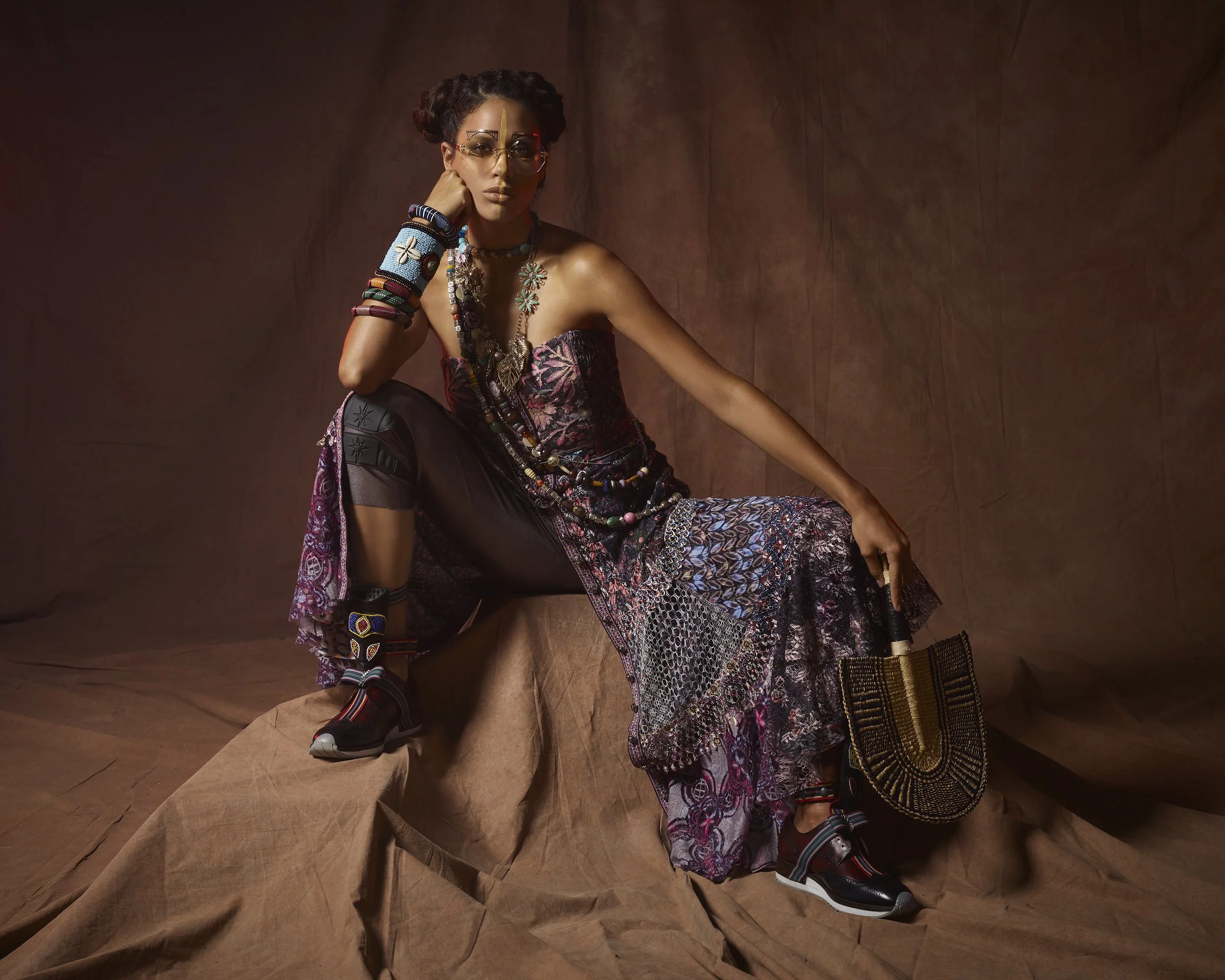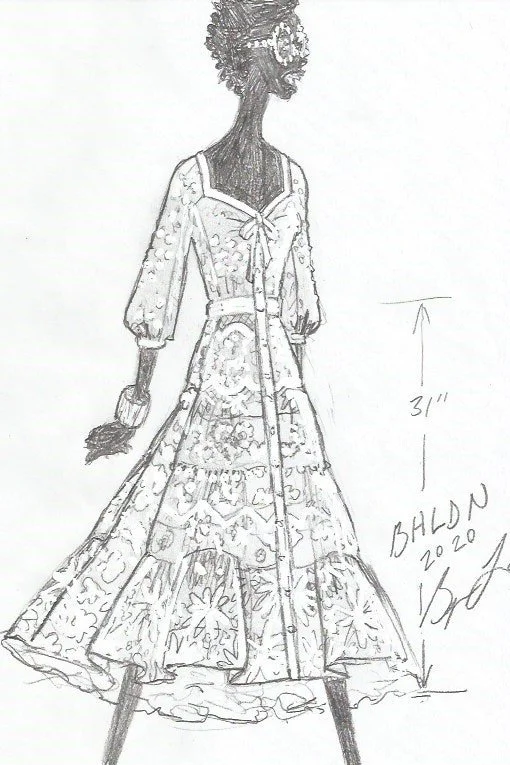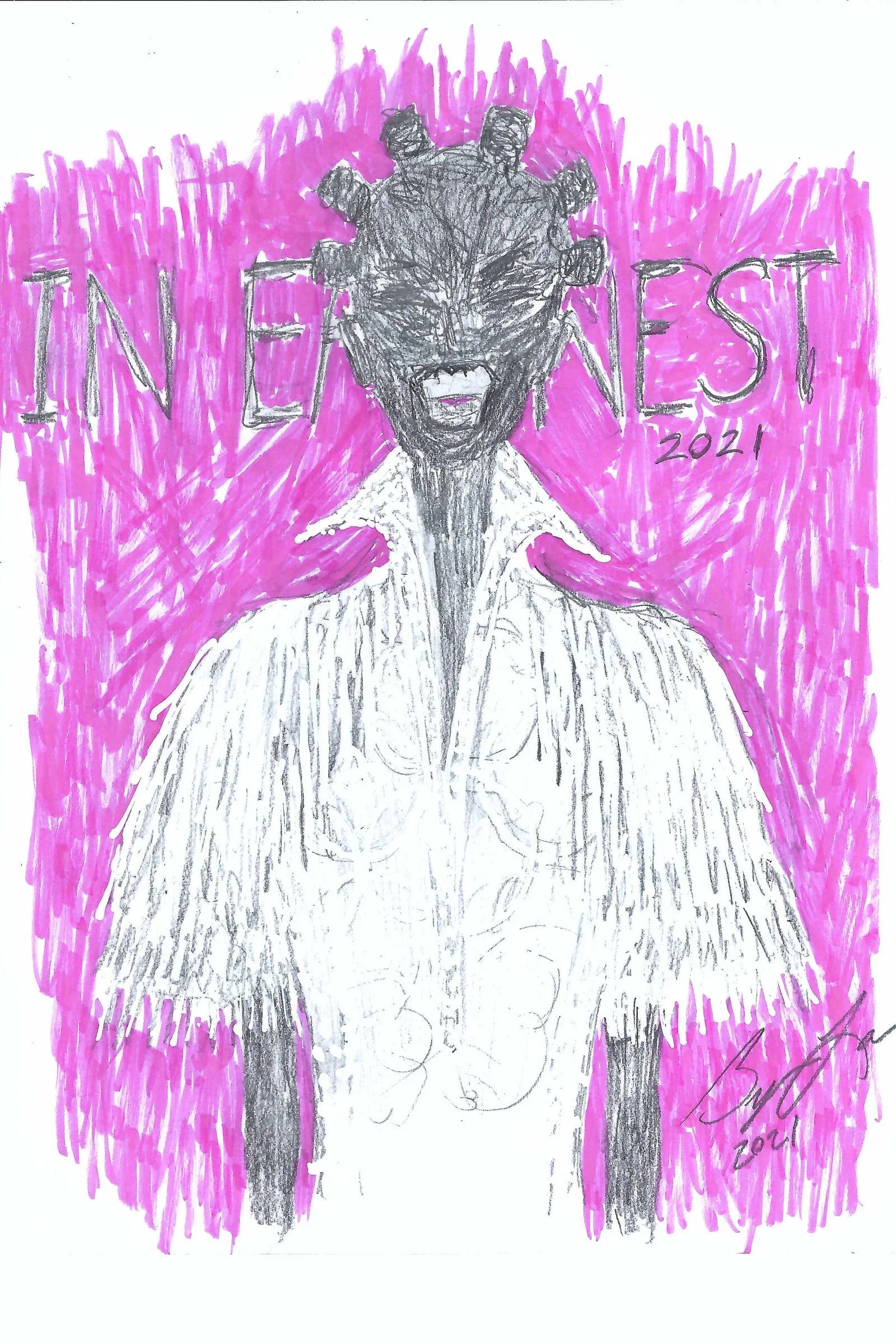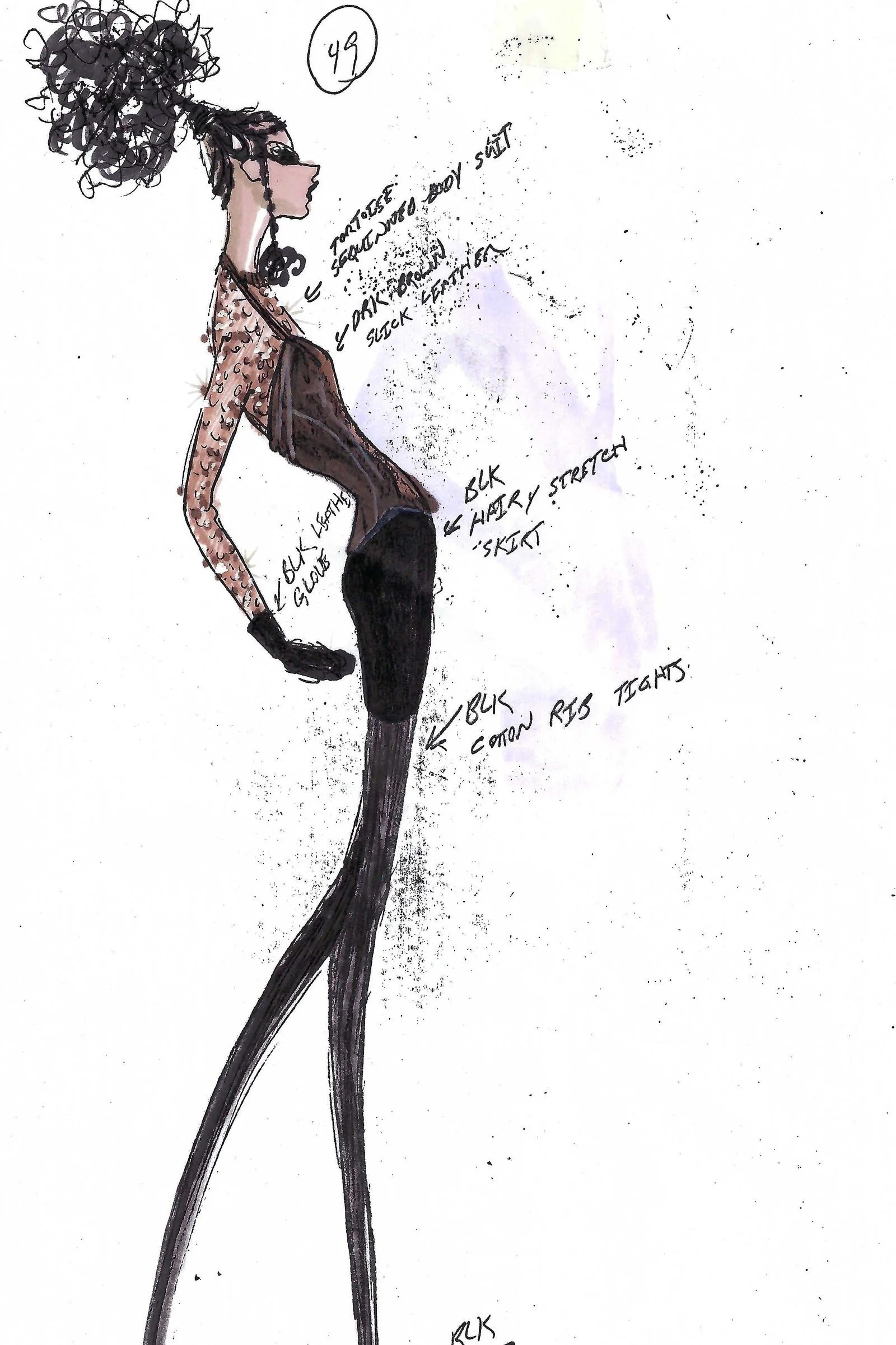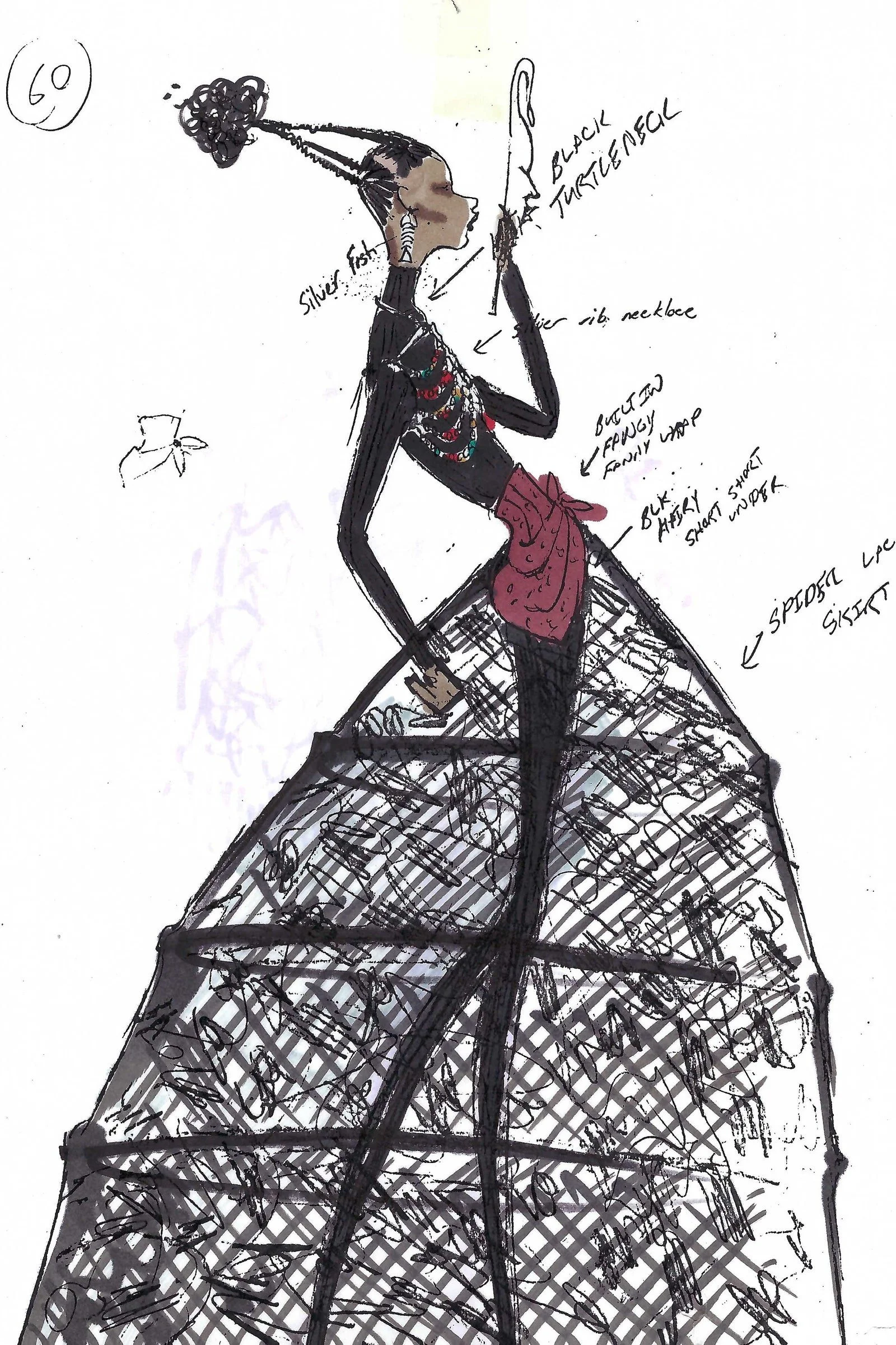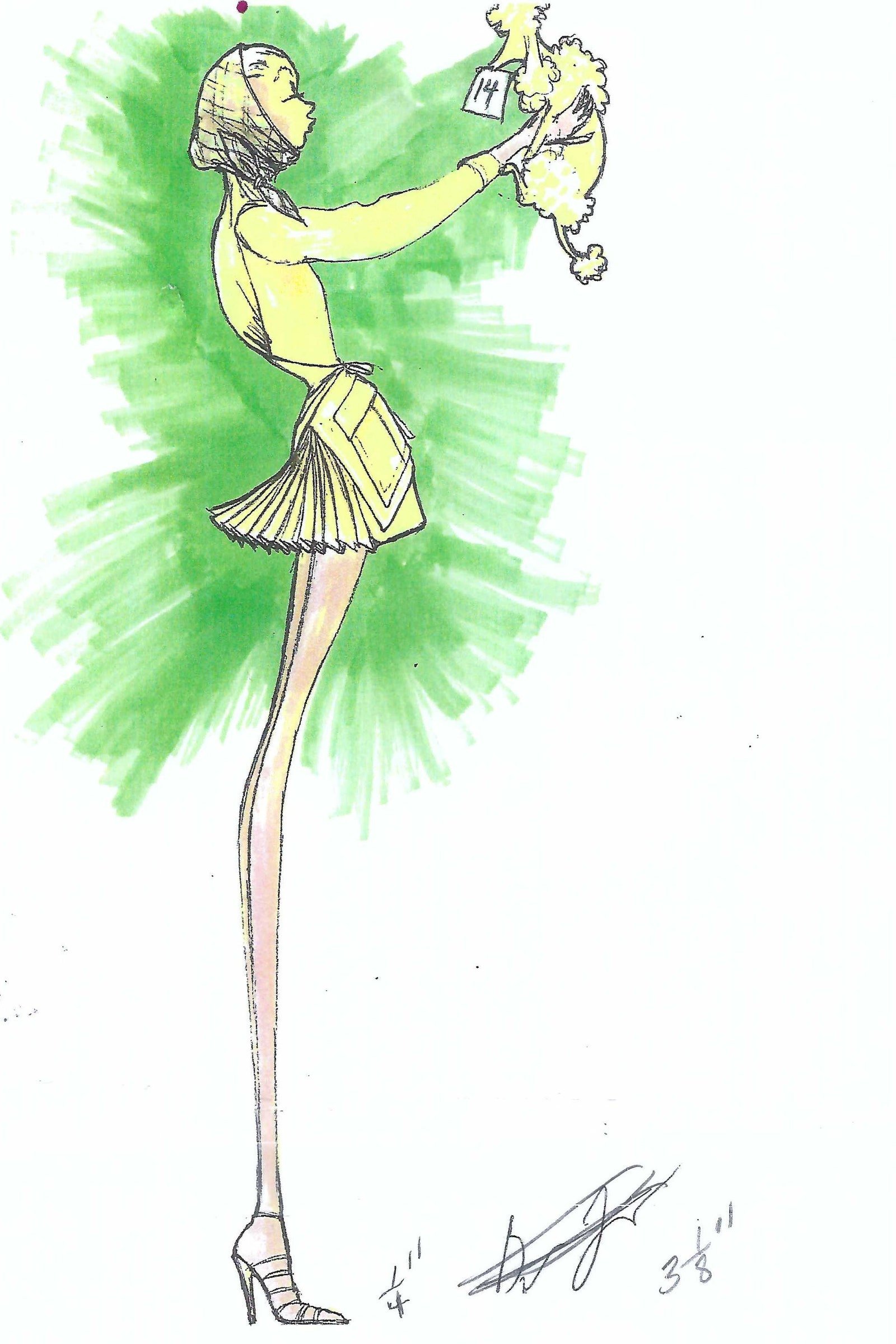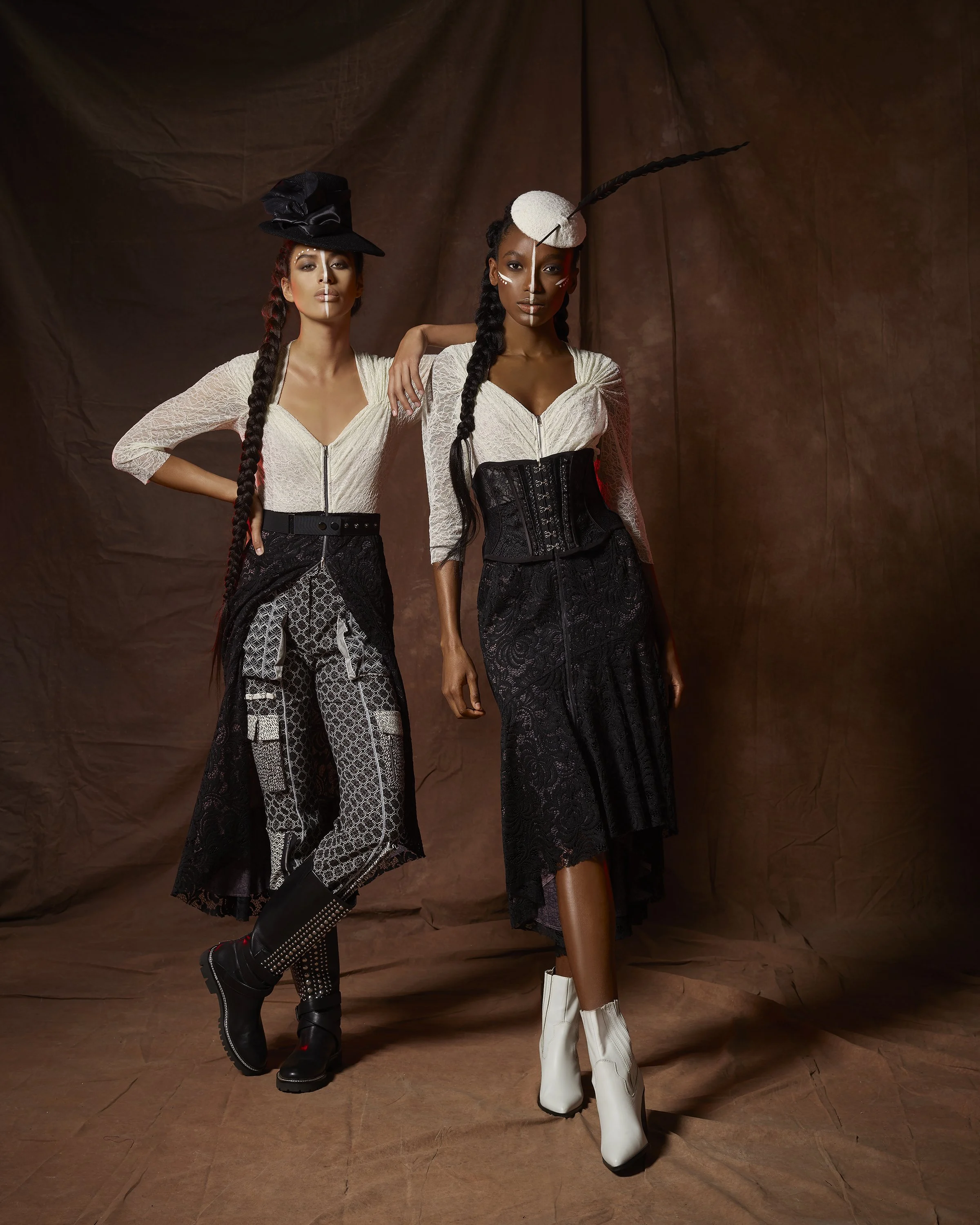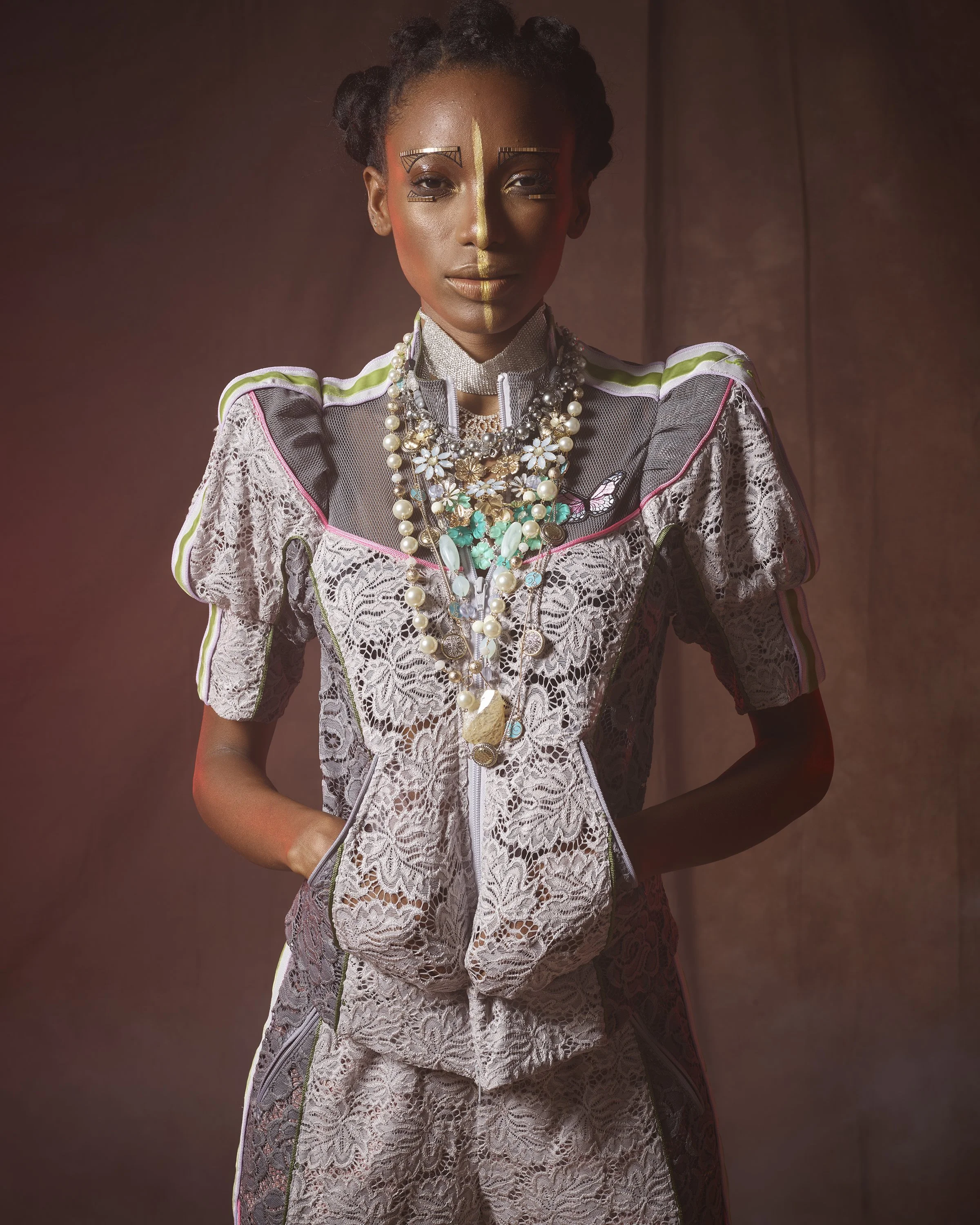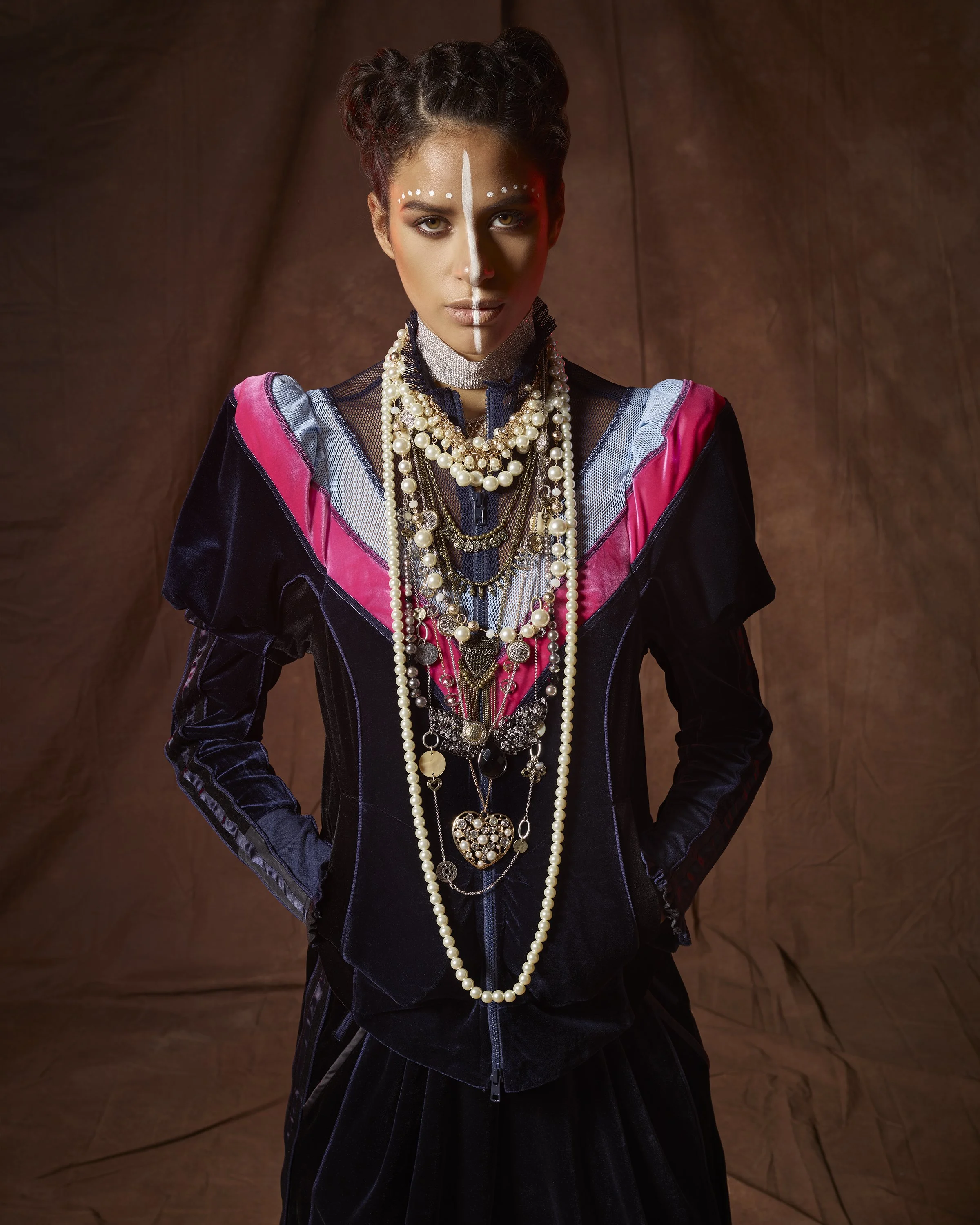Byron Lars Returns To Fashion In Earnest
While no one would argue that the loss of human life due to the COVID-19 pandemic was catastrophic, many of us lost our homes and our businesses as well. I’ve spoken to a number of business owners throughout the year about how the pandemic affected their businesses. Some of these people are my friends, so I was pleased to learn that they had somehow managed to weather the storm. Veteran fashion designer Byron Lars was one such individual who both lost and gained from the pandemic. Though I fully expected small businesses to be adversely affected, I had assumed that all of the big names would get through it unscathed. Byron is one of those big names, having designed dresses and gowns for the likes of Kim Kardashian, Elle Fanning, Gabrielle Union, Taylor Swift, Regina King, and Michelle Obama. But 2020 was indiscriminately unkind.
Byron Lars began his career in 1991 and while his ascent through the fashion world seemed to happen quickly, it took a lot of determination and hard work for his business to get off the ground. One doesn’t become one of the world’s most in-demand fashion designers overnight. The San Francisco native started designing under his own label in 1991 with a small collection of sportswear focusing on what Lars refers to as “twisted American classics” (he is well known for creating “mashups” which has become his signature style). Leaving the Fashion Institute of Technology to pursue his goals was more than just a gamble. With the combination of his scrupulous workmanship, preternatural attention to detail, dogged determination, and confidence, he ensured that success would be his. These qualities are what made it possible for Byron to build upon the ashes of all that he had done before. His new line of haberdashery, In Earnest, stands as a testament to his not ever giving up or giving in. With his longtime colleague Sheila Gray, they managed to build this new empire in the midst of chaos.
He is an artist as well, his designs effortlessly transforming from canvas to cloth. The only time I’ve ever seen such a thing happen, was while watching the fictional character of Paul Sabine (as played by Richard Coyle) in ‘The Collection’. I was fascinated. When I laid eyes on Byron Lars’ illustrations, however, I was floored. For the first time, I could imagine what I saw in his sketches on the backs and legs of actual people. What is art anyway, if not bringing together the worlds of fantasy and reality? Make no mistake, every piece of clothing Byron Lars creates is as much a work of art as anything he can form with a pencil. It is, in my opinion, what makes his wares unique in comparison to anything else out there.
I came across some of your sketches and other works of art and I must say that I’m impressed. Had you at any point in your life thought that perhaps you could be an artist rather than a fashion designer? Or are you both? Does anyone have your work hanging from their walls?
I never considered myself an artist, although my work as a fashion designer very often demands artistic sensibility.
Fashion illustration for me has always mainly served only as a means to an end. It's the fastest and most cost-effective way of actually seeing whether or not an idea warrants realizing, reworking, or abandoning entirely.
That said, some people have collected my sketches and or illustrations and hung them on their walls, but that never really changed my position on the subject.
When you began your journey back in California, you wanted a pair of baggy pants. We had all ditched the bell-bottoms and hip-huggers and had transitioned to straight-legged pants at the time (1980). Why did you want baggy pants and are we talking about the kind of baggy that become popular during the 1990s?
Although straight-legged pants were definitely on my eighties fashion menu, the discovery of vintage treasure hunting cultivated in me a taste for 1940's baggy trousers, which happened to reflect a pant proportion that had just barely started emerging at top tier menswear brands.
At the time baggies were an interesting departure from the fashion norm and their roominess was completely liberating after having endured the torture of tight designer jeans BEFORE Lycra. The trouble was I could only find a few pairs in my size at local vintage haunts and a designer pair was completely out of reach, so I was forced to seek help making my own.
You attended the Fashion Institute of Technology, but, one day you dropped out. Eventually, you became successful. How important is schooling to someone aspiring to be a great (or just good) fashion designer? Is it even worth it?
Unless someone finds themselves in the very unlikely circumstance of being raised in an atelier, I couldn’t possibly emphasize enough how very important schooling is to anyone aspiring to be a proficient, let alone a good or even a great designer.
Before ever having entered design school, I logged hundreds and hundreds of self-taught hours making invaluable discoveries and mistakes that accelerated my comprehension of the many things taught there. That said, I am a very firm believer that a designer must first him or herself know how to actualize their own vision in order to enable them to communicate to others how to participate in that actualization professionally.
Although I felt that I'd gotten all I could from a formal education before dropping out of design school, I still consider myself an eternal student since there is always something new to learn as well as new ways to learn to look at and or interpret things long since mastered.
Your Beauty Mark brand died when the pandemic hit, but you bounced back marvelously. You’re one of several business owners I’ve spoken to in recent months who have not only weathered the pandemic but have launched new ventures through all of the mayhem. How did you cope with what was going on worldwide, finally bringing yourself to basically starting over?
If you've ever watched a nature program in which an entire forest is incinerated by a single lightning bolt only to reveal the miracle of life in the form of green shoots springing forth from the scorched earth almost as immediately; that's how I process the (lightning bolt) pandemic's incineration of (the forest) Beauty Mark to make way for (new green shoots) In Earnest's emergence.
If we're conscious of it, God is always transforming tragedy into triumph, but that's not to say that the triumph is without enormous challenge.
How has the reception to In Earnest designs been thus far?
The reception to In Earnest has been overwhelmingly positive which I feel is due in great part to our seeing the new name's definition "existing to a greater extent or more intensely than before" as a call to action.
What is your vision for the new brand?
My vision is for In Earnest is to be ever more intentional about women's advocacy through the product itself. That means every design decision is governed by us really thinking of ways to facilitate a great experience for her in the clothes, which is about always striving to reconcile the dream with higher levels of comfort and functionality.
Shop In Earnest, Follow on Instagram. Photographs by Keith Major. Special thanks to Mai Vu at Very New York.


